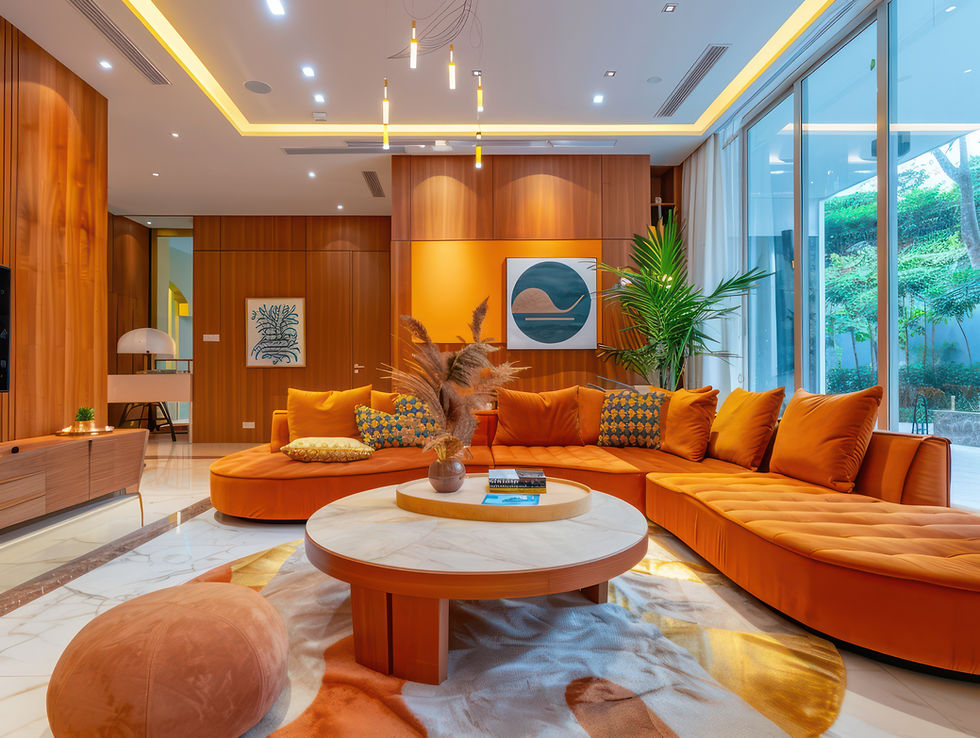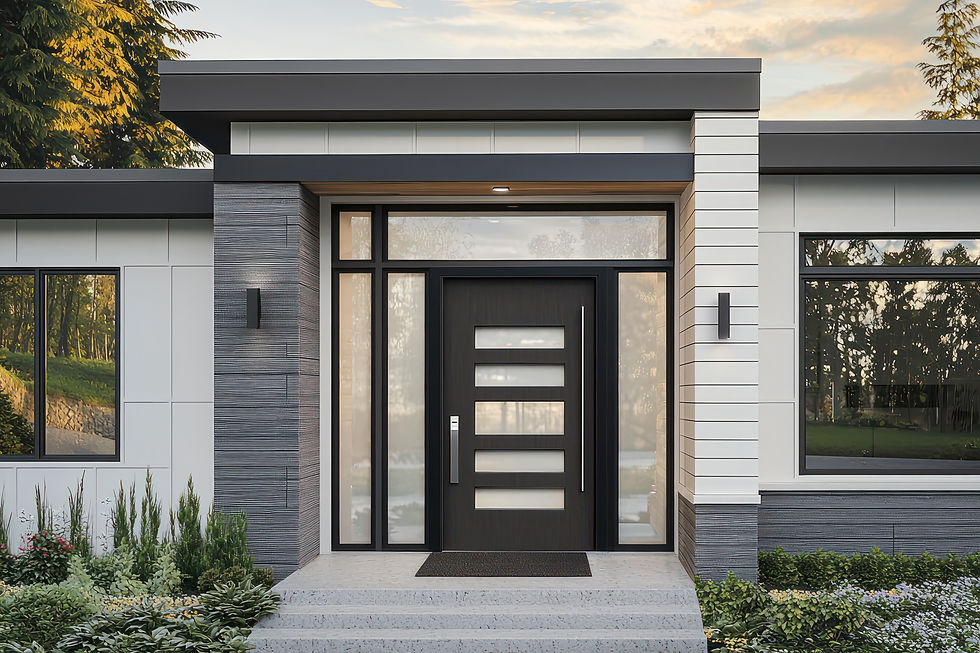Bath Mood
- Aug 1
- 3 min read
Let’s be honest—when most of us think about bathroom design, we tend to focus on function first. White tiles, chrome fittings, neutral walls. It’s clean, it’s safe, it works. But the bathroom is far more than just a practical space. It’s where your day begins and ends. Where you prepare to face the world and where you come to let it go. And just like any other room in your home, your bathroom deserves to make you feel something.
That’s where mood comes in—and it starts with two of the most powerful design tools at your disposal: colour and texture.
Why Mood Matters More Than You Think
Have you ever walked into a hotel bathroom and instantly felt calm? Or stepped into one that made you feel slightly on edge, without knowing why? That’s mood at play. And it’s no accident. The colours and materials used in a space speak directly to our subconscious, influencing how we behave, what we feel, and how we connect to our environment.
In a bathroom, that connection is more personal than in any other room. You’re at your most vulnerable here. Bare skin, soft light, slow rituals. That’s why designing a mood isn’t just about style—it’s about emotional comfort.

Colour: The Emotional Palette
Let’s start with colour. White is the traditional choice for bathrooms, and for good reason—it reflects light, feels clean, and opens up the space. But too much white can feel clinical, cold, and emotionally flat. If your bathroom feels more hospital than haven, that might be why.
Instead, think about how you want to feel in the space. Want to create calm and clarity? Try soft sage green or dusty olive. These earthy tones are tied to nature and restfulness—they bring balance without overpowering the space. If you prefer something warmer, terracotta or clay pinks offer comfort and subtle luxury. They’re soft, organic, and deeply grounding.
For a more dramatic, modern mood, matte black is your friend. It adds depth, sophistication, and a bold contrast—especially when used sparingly on tapware, mirrors, or accessories. It gives a sense of order and elegance without feeling harsh.
And don’t overlook the classic appeal of blue. Pale blues can bring in that fresh, airy, spa-like feel, while deeper navy blues and teal tones evoke calm confidence and quiet strength. Try pairing blues with warm metals like brushed gold or copper for a layered, luxurious look.
Texture: The Quiet Storyteller
Now, let’s talk texture. While colour catches the eye, texture catches the body—and the body remembers. You touch the bathroom more than you realise: the floor beneath your feet, the towel against your skin, the cool edge of the sink.
That’s why choosing texture is about creating a feeling, not just a finish. Glossy tiles reflect light beautifully, but too much gloss can feel stark. Balance them with matte surfaces, natural stone, or wooden accents to add warmth and soul. A honed concrete basin, a textured tile, or even a woven mirror frame adds depth and dimension.
Towels, bath mats, and storage pieces matter, too. Choose plush, thick fabrics that feel indulgent. Add a wooden stool, rattan basket, or ceramic soap dish to introduce natural elements that soften the edges of the space.
Build Your Mood, One Detail at a Time
Designing a mood doesn’t mean a full renovation. Start with a single change. Maybe it’s switching to matte black tapware, repainting the walls in a muted green, or adding a linen curtain that softens the light. Each layer you add helps shift the emotional tone of the room.
Ask yourself: Do I want to feel calm, energised, grounded, or luxurious in here? Then let your colours and textures reflect that. When your bathroom begins to support your mood, your routine becomes something more than functional—it becomes a ritual.
And in a world that rarely slows down, that kind of intentional space isn’t a luxury. It’s a quiet form of care.












Comments